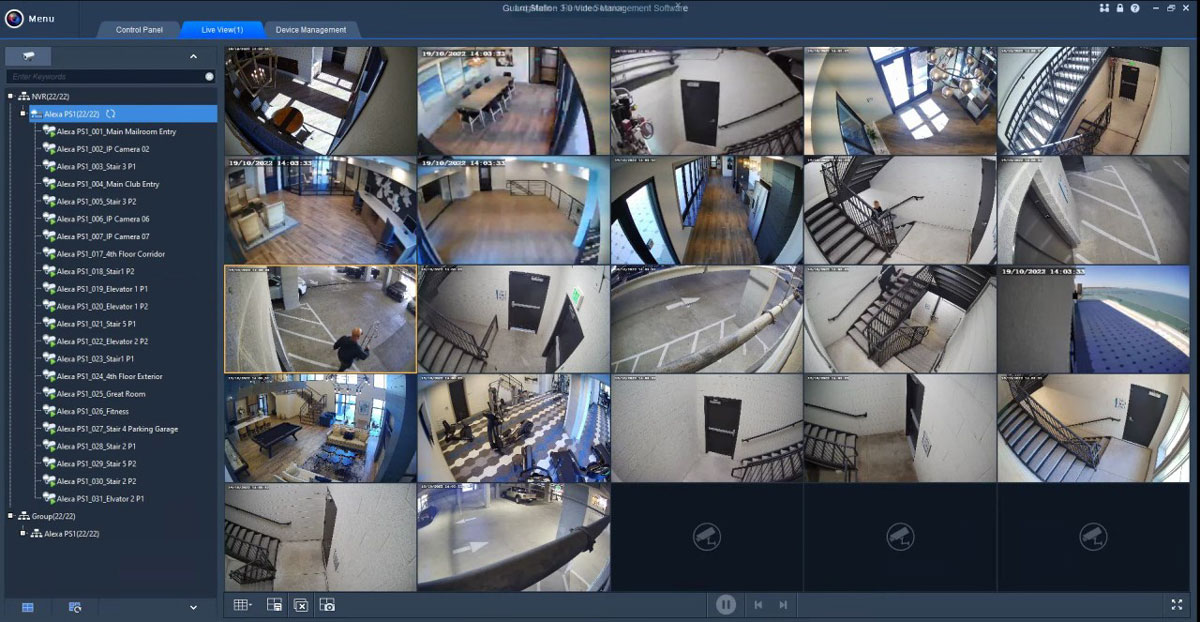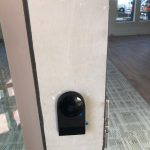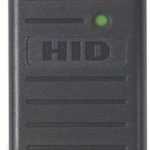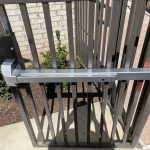Low Voltage Access Controls

Break Into the Low Voltage Access Control Field
Are you looking to start a high-demand, lucrative career and do not have the time or finances to pursue a college degree?
On-the-job training is the best way to learn. It also gives you the opportunity to broaden your knowledge while earning an income. Low voltage access controls are part of the $15 billion security industry. Since mass-marketed alarm systems were introduced by Brink’s Home Security in 1984, manufacturers and security installation companies, have sprung up everywhere.
…But the job is not for everyone.
Electronic security systems have since advanced in sophistication, from door control to security monitoring, proximity sensors, biometric readers, and advanced door hardware and locking systems. Alarm monitoring, data communication, and access control software are other areas that require precise training to implement and operate correctly.
Want to see if this career is right for you?
We offer paid working interviews so you can meet the team and decide if this career path suits you and us.

What is Needed to Set Up an Access Control System?
As you set forth on your career path, knowing what goes into setting up a low-voltage access control system is imperative. The general setup works as follows; a card reader “reads” an access control card, and an electronic door controller compares the number on the card to valid numbers in itsmemory. If the numers match, a signal is sent to an electronic lock, and the door opens.
While building a career in the Low Voltage field, you’ll learn about critical devices and components, including:
Electric Locking Devices
These unlock the door by applying or removing electrical power and include
- Electric Strikes
- Electrified Cylindrical Locks
- Electric Deadbolts
- Maglocks
- Electrified Mortise Locks
- Electrified Panic Bars
- Shear Locks
Card Readers
Taking the place of a mechanical key, the card reader is the brains of an access control system. There is a wide range of options, including:
- Barium Ferrite Readers
- IR Readers
- Long-range RF Readers.
- Smartcard Readers
- Magstripe Readers
- Barcode Readers
- Proximity Readers
- Wiegand Readers
Here are other key components you will get first-hand knowledge of:
- Door Status Switch – Typically a magnetic mechanism, this type of sensor is monitored by the access control system.
- Request to Exit Motion Detector – Senses when someone leaves through the door and relays this information to the door controller.
 Access Control System Wiring
Access Control System Wiring
All components must be correctly wired for the system to function. For example, the Wiegand data format usually requires a 22-gauge wire (other formats/applications use 18-gauge wire). Wires allow card readers to communicate with the door controller. Nevertheless, the wiring configuration depends on the data format used. Moreover, the number of conductors depends on the component.
As for typical wiring, each installation has different requirements. That is because the manufacturer determines the type of wire and cable used to connect devices.
Keypads
Contrary to popular belief, a keypad is not the most secure access control technology. Personal identification numbers can be stolen or overheard. However, they can be convenient when someone loses an access control card. For a keypad to be secure, the door should have an electronic lock and high-quality hardware.
Are You Still Interested? Here Are Some Other Installation Requirements
If you’re going to succeed in the low-voltage access control industry, you will also need to be familiar with the following:
- Reader to Door Controller Communications – The readers sending data and the door controllers receiving signals must use the same data format and have the same range. Product compatibility is essential.
- Data Formats – These are crucial for the passage of information from one component to another; they include:
- Wiegand Data Stream – The most common is the 26-bit format, but just 24 bits identify the card.
- Magstripe Data Format – Uses the ABA Track 2 standard for up to 75 bits per inch of magnetic strip (supports more unique card numbers).
- Magstripe Data Stream – A series of streams are sent to the door controller. The 14-digit card number consists of hexadecimal characters, which can represent any number from zero to 15, supporting up to 60 quadrillion card number configurations.
- Access Control Software – While most hardware and card readers are interchangeable, you’ll quickly realize this is not the case for software. A door controller will only run on the software that was designed for it. Each brand uses its own software, while most access control software is Windows based.
Access control software allows you to:
- Manage access privileges
- Maintain cardholder records
- Handle alarms
- Record activity
- Generate reports
- Make photo ID badges
- Manage visitor entry
- Manage building controls
 Learn How to Do Access Control System Wiring Right
Learn How to Do Access Control System Wiring Right
Properly wiring an access control system requires training and experience.
High-voltage wiring supplies electricity to appliances and electronics. Low voltage wiring, which uses 50 volts or less, is installed differently (as structured cabling). Low voltage wires include fiber optic cables, Cat5 and Cat6 ethernet cables, and RG-6 internet/cable/satellite TV cables.
They are also used for security products such as intercoms, motion sensors, and alarms. You may have encountered such wiring in other applications, including for lighting controls, speakers, and thermostats.
However, it’s critical to follow best practices and:
- Carefully design any wiring network prior to installation.
- Review the wiring diagram supplied by the provider.
- Use plenum rated cables in a plenum ceiling space.
- Employ redundancy in your low voltage network.
- Separate low-voltage from high-voltage wiring.
- Use proper wiring management to maintain aesthetics.
 Is a Low Voltage Access Control Career Is Right for You
Is a Low Voltage Access Control Career Is Right for You
This was just a brief overview of what an access control professional needs to know. Sound a bit technical? There’s a lot to know, but the right person with the right training can excel in this large and fast-growing field.
As you are introduced to our office and the trade of low voltage access control systems, you’ll gain even more insights. Want to know more about access control cards, hardware, controllers, software, and wiring up close and personal?
Just press “Click Here” and fill out the form below to sign up. You could be selected for a day of on-the-job training with Entry Technologies of North Texas.
